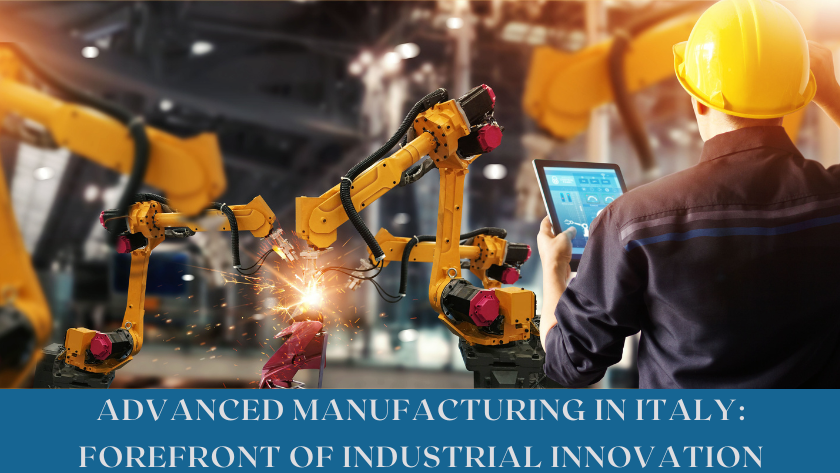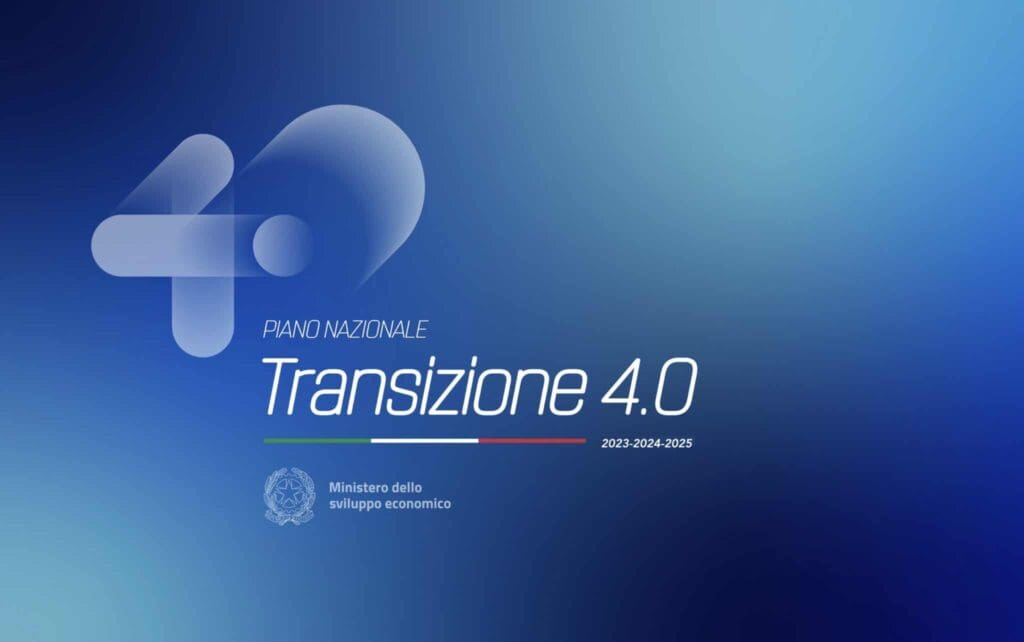Advanced Manufacturing in Italy: Forefront of Industrial Innovation
- 24 June 2025
- Posted by: Narissra Ramangkool
- Category: News

Italy, the second-largest manufacturing powerhouse in Europe after Germany, is undergoing a transformation driven by automation, digitalization, and innovation. With strong government backing, generous tax incentives, and increasing demand for high-tech solutions, the country’s advanced manufacturing sector offers a compelling opportunity for international investors seeking long-term value in Europe.
While Italy’s renowned automotive industry is one of the sectors benefitting from this transformation, the scope of opportunity extends much further. Aerospace, pharmaceuticals, machinery, food processing, and electronics are all rapidly integrating smart technologies and driving demand for advanced production capabilities.
Why Italy?
Italy is Europe’s second-largest manufacturing economy, with annual output valued at over €1 trillion and a strong industrial base spanning machinery, automotive components, fashion, food processing, and pharmaceuticals. According to ISTAT and Mediobanca Research, Italian manufacturing revenues are projected to reach a record €1.16 billion in 2023—€250 million more than in 2019—driven by a strong post-COVID rebound that saw average annual growth rates of 9.1% in 2021 and 2022. While global headwinds, particularly a China-led drop in demand, and higher borrowing costs are expected to slow production in the second half of 2023, the country’s pivot to advanced manufacturing remains robust.
Italy’s adoption of Industry 4.0 technologies—robotics, IoT, AI, and cloud-based systems—is reshaping its industrial landscape. According to PwC Italy and Osservatorio Industria 4.0 del Politecnico di Milano, investments in advanced manufacturing technologies rose from €4 billion in 2020 to €7.1 billion in 2022. Today, 36% of Italian manufacturers use IoT systems, 19% employ robotics, and 9% utilize 3D printing. This transformation is expected to accelerate, with Italy’s Industry 4.0 market projected to grow at a CAGR of over 19% through 2030, reaching a value of nearly USD 18 billion, positioning Italy as one of Europe’s most dynamic industrial innovation hubs.
Key Government Incentives
The Italian government has launched a comprehensive strategy to drive industrial innovation through its “Transizione 4.0” framework, a cornerstone of its broader economic recovery and modernization plan updated and integrated within the National Recovery and Resilience Plan (PNRR). Key incentives include:

- Industry 4.0 Tax Credit: Replacing previous amortization schemes, companies investing in eligible smart machinery and digital systems can benefit from tax credits of up to 20% for tangible assets and 15% for eligible software.
- R&D Tax Credit: Businesses conducting research, development, and technological innovation may receive tax credits between 10% and 20%, depending on the nature of the activity, capped annually.
- Patent Box Regime: Firms may deduct 110% of eligible R&D expenses tied to Italian-developed intellectual property, incentivizing domestic innovation and commercialization.
- PNRR Investment: Italy is investing over €49 billion by 2026 in digital and green transformation, with a focus on SMEs adopting Industry 4.0 technologies such as cloud computing, AI, automation, and robotics.
These measures aim to cut the cost of innovation, enhance global competitiveness, and make Italy a more attractive destination for foreign direct investment in high-tech and green sectors innovation, boost competitiveness, and attract foreign capital into high-value sectors.
High-Potential Sub-Sectors
Investors will find particular value in the following areas:
- Smart Manufacturing: Integration of AI, big data, and automation across factory floors.
- Robotics & Mechatronics: Demand is rising across automotive, packaging, and heavy industries.
- 3D Printing/Additive Manufacturing: Fast adoption in aerospace, medical devices, and prototyping.
- Industrial IoT (IIoT): Connecting machines and sensors for predictive maintenance and supply chain optimization.
Italy’s industrial clusters in Lombardy, Emilia-Romagna, Piedmont, and Veneto are recognized as centers of excellence, offering established ecosystems and highly skilled labor forces.
Challenges to Consider
While the outlook is promising, investors should be mindful of:
- Bureaucratic Complexity: Italy scores low on public-sector effectiveness, with outdated regulations and slow enforcement cited in OECD reports. Regulatory procedures can be time-consuming without local expertise.
- Energy Costs: Final electricity prices in Italy are around 45% higher than the EU average, primarily due to dependence on imported gas and renewable subsidies. Compared to Southeast Asia, Italy’s industrial energy prices are higher, although partially offset by efficiency gains.
These challenges can be mitigated through joint ventures with Italian firms, strategic hiring, and leveraging local legal and advisory services.
Italy’s advanced manufacturing and automation sector is ripe with opportunity. With a supportive policy environment, strong industrial foundations, and growing demand for digital transformation, the country presents a solid entry point for investors aiming to scale into the European market.
For further guidance on regulatory frameworks, investment incentives, or cross-border business considerations, contact ALLEGAL for more information.





